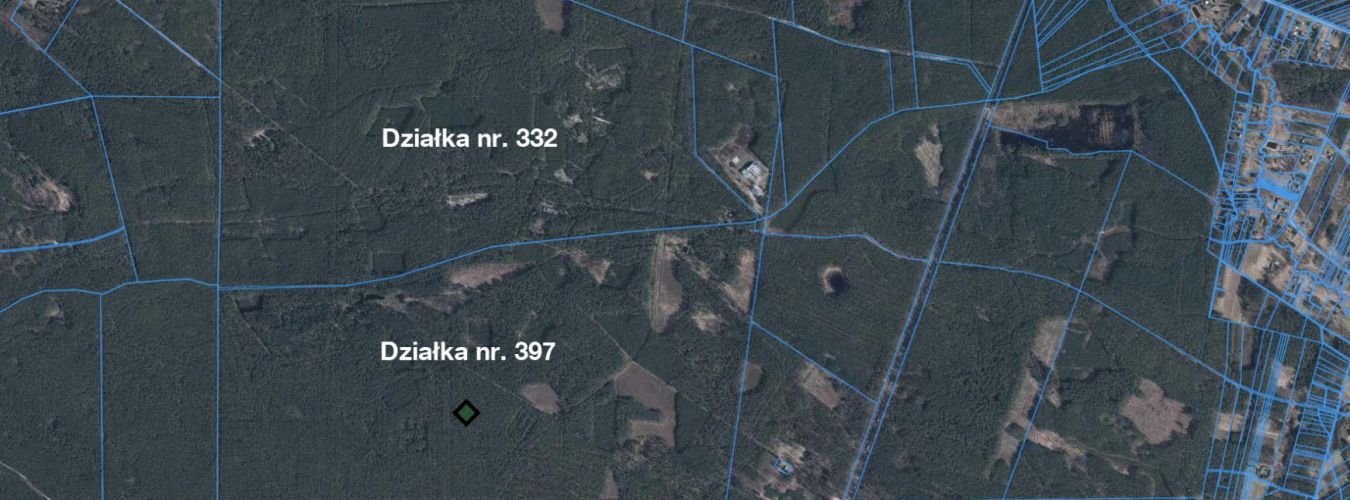Prices of forest plots can be very attractive. However, the use of such land and the investment opportunities it offers are limited by law. Can a forest plot be fenced and what can be built on it depending on the land designation? Can a forest plot be converted into a construction plot and what is exclusion from forest production? Check what is worth knowing about the development of a forest plot.
What is a forest plot?
Contrary to common understanding, not every wooded area is a forest plot. From the legal point of view, a forest plot is a compact area with an area of at least 0.1 ha, which:
· is covered with vegetation typical of a forest or is temporarily devoid of it;
· is intended for forest production, is used for forest management purposes, is a nature reserve, part of a national park or is entered in the register of monuments.
The purpose of the plot is determined by the entry in the land register and the local spatial development plan (MPZP). In the first case, the forest plot is marked Ls, and in the second case ZL.
Forest plot – what can be built on such an area? Can a forest plot be fenced?
Investment opportunities on a forest plot depend on whether the Local Development Plan provides for the possibility of development in a given area. If the plan only includes the ZL marking, only facilities related to forestry production may be built on the area. Moreover, the forest cannot even be fenced without the consent of the forest district, which is issued only in justified cases (e.g. vegetation protection).
However, there are forest plots with the possibility of development, which in the local development plan, in addition to ZL, also have additional markings, for example starting with the letter M (residential development) or U (service development). In such a case, development of a given type will be possible, but first the planned investment area must be excluded from forest production.
This requires an application to the State Forests and exclusion fees (one-time and annual). The excluded area can now be fenced, but it should have a simple shape and cannot interrupt the continuity of the forest. You must also obtain consent to cut down trees necessary to carry out the investment.
If the plot has not been included in the local development plan at all, but is considered a forest in the land register, you must first obtain a decision on development conditions. This will be possible if the plot has access to a public road, there is a possibility of developing the area and at least one neighboring plot is developed.
Can a forest plot be converted into a construction plot?
A forest plot can be converted into a building plot, but this is a time-consuming, expensive solution and will not always be possible. The cost of changing the local plan is at least several dozen thousand zlotys, so it will be profitable only with larger investments. An application submitted to the commune also requires the consent of:
· Minister of Environmental Protection (if the land is owned by the State Treasury)
· The voivodeship marshal after obtaining the opinion of the agricultural chamber (for other lands).
The next stage is the consent mentioned above to exclude the land from forest production and apply for a building permit.
An alternative solution may be to purchase a forest plot on which there are already buildings that can be used for various economic, office and administrative purposes. A good example is the Ołdakowizna/Poręby Leśne (Borucza) real estate located approximately 40 kilometers from the borders of Warsaw. The Orange real estate offer also includes other attractive forest plots for sale .
Ideas for a forest plot – how to develop it?
Depending on the legal status and designation in the documents, a forest plot can be used, for example, for:
· conducting forest management, including collecting and selling wood;
· breeding forest animals, growing forest plants and producing honey;
· tourism and recreation (organizing camps, survival camps, ecological workshops, rope parks, paintball and other outdoor games, accommodation in summer houses or larger buildings, etc.);
· artistic and cultural projects (including organization of open-air painting/photography workshops, concerts and other outdoor events).
